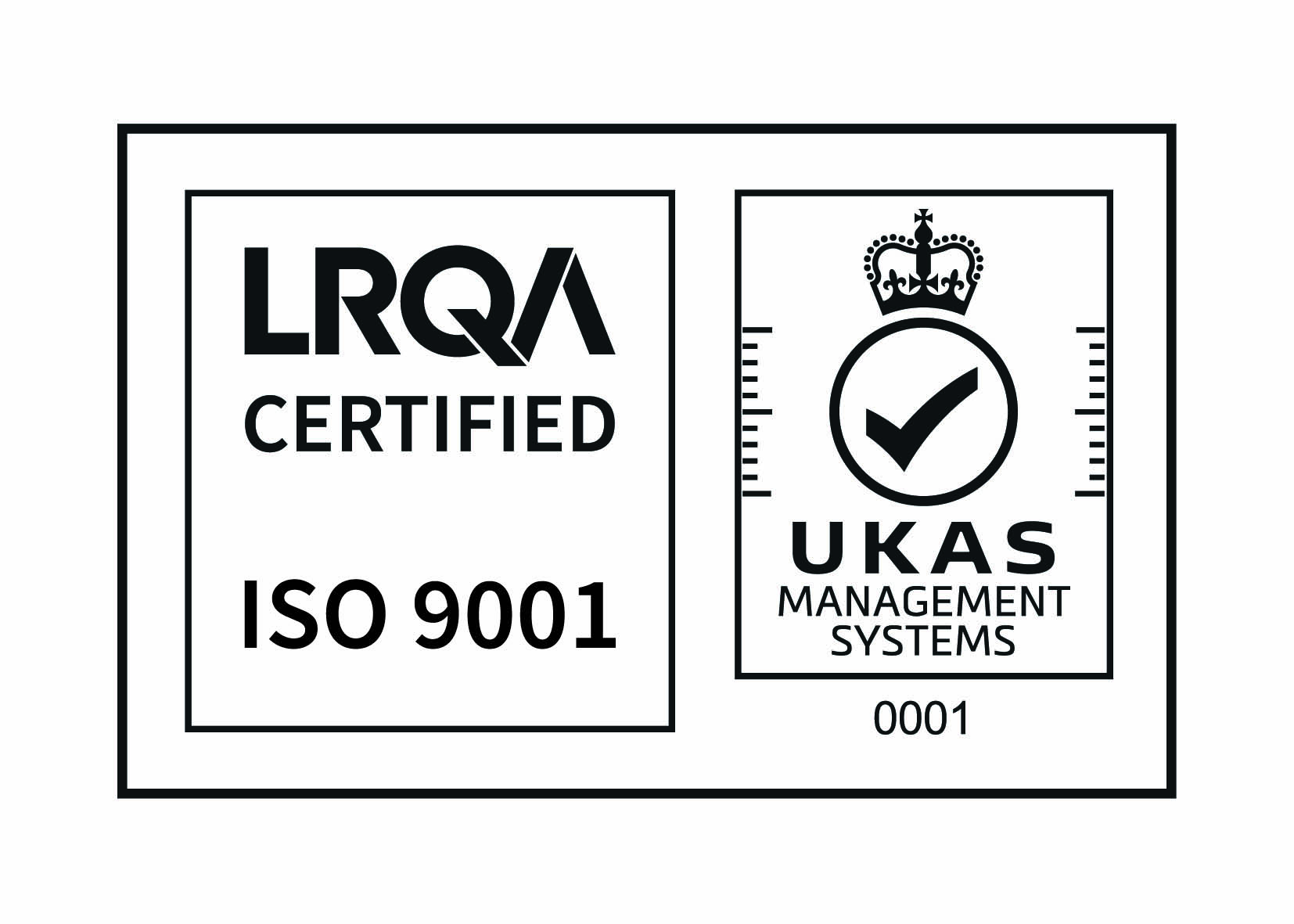Transportation Solutions for Expatriates in India
Pooja Sapra
Apr 1, 2020

Foreigners relocating to India find its traffic chaotic and local driving habits dangerous. Some say that to be able to drive in India, one needs a 360 degree vision.
Drive or Chauffeur
Expatriates living and working in India are not recommended to drive and usually prefer not to drive due to some very discomforting impediments:
Right hand drive: India keeps the right-hand drive rule and in the event that one is used to the left-hand drive then driving in India can be difficult.
Chaotic and high-volume traffic: Needless to mention that the sheer volume of traffic and the chaos that it created also adds on to the stress levels and it is a daunting task to drive in the crowded India roads and the experience overwhelming.
Road conditions: Roads in most parts of India are in poor condition, not well maintained and and hence driving may not be a pleasure. The Vehicles also deteriorate on such roads.
Directions: Roads are not well lit and have poor directions / direction boards which can lead to disorientation. GPS is not well evolved as yet either.
Insurance: With a plethora of insurance solutions available, it can be very challenging to find an apt policy and understand the small words that accompany insurance.
Traffic rules: Abiding and familiarising with the traffic rules and getting a driving license can be as difficult as one can envision.
Traffic police: The most avoidable thing that can happen when you’re driving in India is to get pulled over by the cops and then having to negotiate with them.
Compliance: Traffic compliances in India are vast and innumerable and seemingly impossible to comprehend and manage, if one is not familiar with their context.
Road rage: A big challenge while dealing with other drivers in India. India can be very hot during the summers and this can lead to frayed tempers and ensuing road rage.
Parking challenges: The high volume of traffic and the limited and unorganised parking system is another challenge, difficult for foreigners to understand and manage.
Public Transport in India
With the self-drive option ruled out, the other options to be considered are local public transport systems and these are many.
Bus
Auto Rickshaws (Tuk-tuk)
Metro rail.
Taxi’s / Uber
India unfortunately lacks good quality MRTS / public transportation systems. The quality of vehicles offered by the aggregators like Uber are not the best in the world. The Metro rail system does not have the best network and is usually very crowded. The same is with local Bus systems. The Autorickshaws are interesting, but are open to pollution and not airconditioned.
The ideal transportation solution for Expatriates in India that I can recommend is to rent a car along with a driver on a long-term contract. This method will create convenience, will be safe and will allow for a seamless and stress-free mobility experience. Such long term contracts pass on the responsibility of managing the driver, the local compliance requirements, insurance, tracking of fuel consumption and maintenance of the vehicle to a third party allowing considerable peace of mind.
So, the way forward is to Identify a vehicle of your choice, select the transport partner, execute a time bound contract, interview the driver to your satisfaction and then give rest to one of the biggest challenges of living in India – local transport.
Butter Chicken: A 40s Baby
Feb 19, 2024
The birthplace of butter chicken can be traced back to Delhi, India, in the late 1940s. Legend has it that the inception of this culinary masterpiece occurred...
Porbandar: The City That Gave Us the Mahatma
Feb 8, 2024
Nestled along the picturesque coastline of Gujarat, India, lies the captivating city of Porbandar. Known for its rich historical heritage, serene beaches, an...
Exploring the Delightful Burmese Dish: Atho
Jan 29, 2024
Burmese cuisine is a tapestry of flavors, blending influences from neighboring countries and creating unique and delightful dishes. One such delicacy that st...






